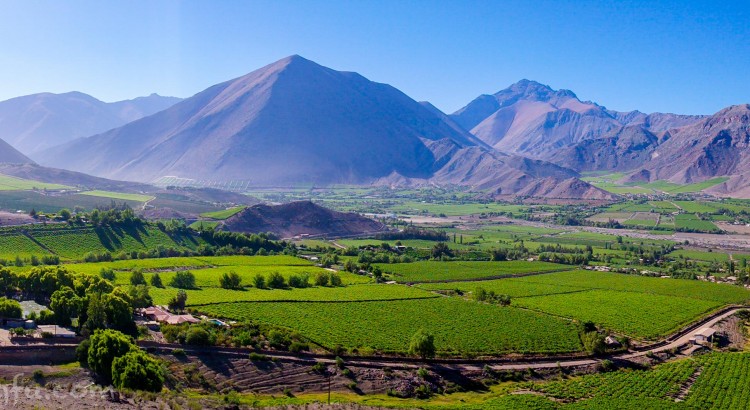This page will include info for both southern Chile and Argentina. Click here for information on northern Chile and here for information on northern Argentina.
Border 1: Paso Dorotea
Argentina side – Rio Turbio
-
Pull up to unmarked green building. Stamp out at migracion. They will look at car permit and take your tourist card.
-
At Aduana hand over permit.
Chile Side
- At migracion stamp in, give registration or title for them to look over, fill out tourist card, and get paper that they will stamp.
- Adauna next. If you are already in their system like we were, they will look at the registration but will already have info in the computer and print out a new permit.
- Go to SAG for declaration. Remember to put yes if you have any milk, meat, fruit, vegetables, or eggs. If you don’t do this they can fine you if they find these items in your car. Give them the ticket with stamps.
Border 2: San Sebastion
- Park after the hosteria. Migracion first to stamp out, show permit to them and give over tourist cards.
- Adauna next, hand over permit.
- Migracion: need reciprocity paper if from US. Stamp in, no need for tourist card here.
- Aduana: give driver passport and registration. They issue a new permit.
- Quick search of car for fruits and vegetables by personnel.
Our Route – Mainland (Esquel to Punta Arenas)
Our Route – Tierra del Fuego (Porvenir to Ushuaia)
Patagonia Tips
- Not only is it a long way between gas stations, but some of them don’t have gas all the time, and others might limit how much fuel they will give you. Never pass up a chance to get gas!
- Most of Route 40 in Argentinas side of Patagonia is paved now. We had a very current paper map and of the several hundreds and hundreds of kilometers of dirt it showed, only 100-200 of it was dirt and it was nearly finished being paved as well.
- A tailwind will make you feel like you don’t need gas at all! A headwind will have you wondering if you’ll even make it to the next gas station!
- Gas on the Argentinian side of Patagonia is way cheaper then the rest of Argentina or Chile.
- There is a quicker and more laid back border just north of Rio Turbio if you’re heading from Calafate to Torres del Paine (or vice versa) but the be advised there is no ATM and often no gas. For us this meant driving to Puerto Natales regardless of which border we took simply to get Chilean pesos for Torres del Paine.
- The fairy from Punta Arenas runs twice a day. It was approximately $40 US for two people and our van. Might be a good idea to make a reservation the day before in the busy season. We heard the other ferry on the 257 further north is cheaper and runs all day.
![]()
